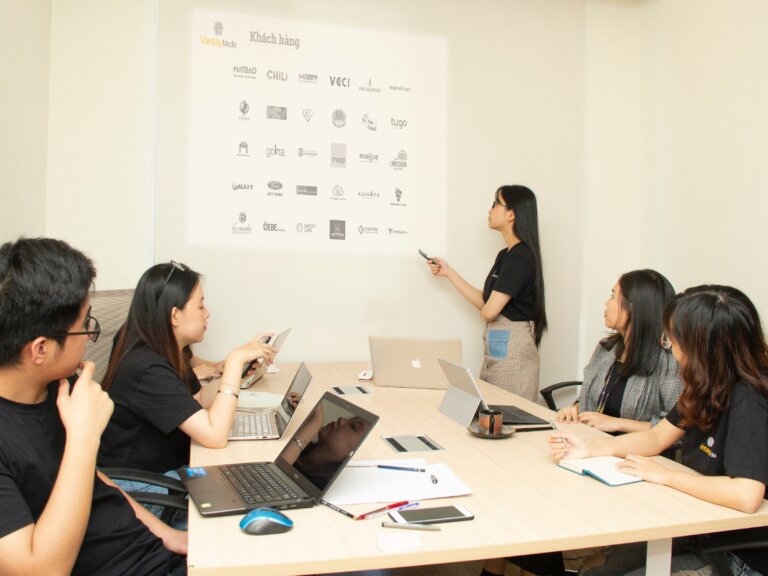
Author: Simone Kohl
· 2 mins read · 1,033 views
How Can We Practice Active Listening?
In our communication, we pay a lot of attention to what we say and how we say it. Therefore, we focus very much on ourselves and sometimes forget to listen to the other person. To guarantee the free flow of communication no matter what type of relationship you encounter, all you have to do is be aware of these differences when talking to your team or teammates by active listening. Becoming aware of these things is the first step to making sure we’re communicating effectively.
In order to communicate better within the team, we also covered the topic of active listening in our inhouse training about communication. Here you can find what we learned:
What is Active Listening?
- Listening is a very important skill. Carl Rogers (1902 – 1987) is one of the founders of the humanistic approach to psychology, developing his own particular approach known as client-centred therapy.
- In doing so, all team members strive not only to hear the words, but also to understand the message that is being communicated. To do this, the focus should be on the other person and what they are saying.
Becoming an Active Listener
There are five key techniques for active listening. Use them to become an active listener:
1. Restating
- The statements of the sender are packaged in your own words, as you understood it. In doing so, what was said should not simply be repeated. In this way, the receiver can see whether he or she has understood the statement correctly.
- A phrase you could ask the other person is for example: “Sounds like you are saying…”
2. Verbalize Emotions
- The feelings of the other person are reflected. The emotions are packed into own words.
- A possible statement could be this: I can see how much the other person’s behavior has hurt you.
3. Ask Questions
- The receiver asks whether what was said was understood correctly. In this way, he gives the sender feedback as to whether the answers correspond to what he wanted to communicate.
- Ask questions to some aspects, this could look like that: “Is this what you mean, when you say,…”
4. Summarize
- Briefly summarize the information from the sender. For example, when planning a course of events, this gives the other person the opportunity to add something or to correct the receiver if something has not been received correctly.
- To summarize the speaker’s comments, you could say: “… is what you said, did I understand that in the right way?”
5. Clarify Uncertainties
- If we ourselves are already deeper in a certain topic, it can happen that one overestimates the knowledge of others. Due to the gaps that then occur, it becomes unclear for the recipient. That is why it is important to ask until you are really sure to have understood everything.
- This could be a question like this: “There is one point I did not understand well, can you explain this in another way?”
If you want to improve your communication in your team, also check out our post 4 tips to improve team communication!
Final Thoughts
Through active listening it is possible to avoid misunderstandings and to better understand the message of the other person. The ability to communicate clearly helps in any field, whether at work or in private. With practice, anyone can improve their communication skills with active listening.
Looking for Expert IT Solutions?
Subscribe to Our Newsletter for Exclusive Tips and Updates!
Stay ahead of tech challenges with expert insights delivered straight to your inbox. From solving network issues to enhancing cybersecurity and streamlining software integration, our newsletter offers practical advice and the latest IT trends. Sign up today and let us help you make technology work seamlessly for your business!



Share